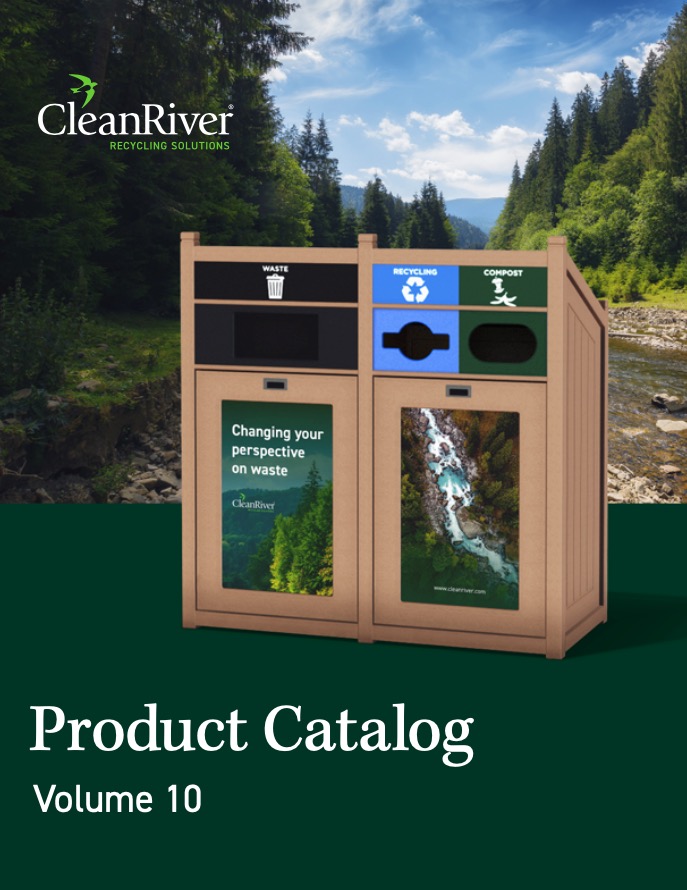Share
Forests and conservation areas are nature’s beautiful gifts, where we can find peace and connect with the environment. But there’s a growing issue: litter.
If you manage one of these areas, you’ve probably seen how even a small piece of trash can ruin the landscape.
Excessive littering can wreak havoc on these ecosystems, endangering wildlife, harming plant life, and causing pollution.
For visitors, it can swiftly sour their experience, leading to negative impressions, complaints, and unfavourable reviews.
In this article, we’ll explore various strategies that organizations and non-profits managing forested areas can employ to combat littering, both within the natural areas themselves and in the facilities they provide, such as shops, markets, offices, and washroom facilities.
Put Up Signs and Educate Visitors
One of the first steps in preventing littering in natural conservation and forested areas is to ensure that visitors are well-informed.
Prominently display signs that emphasize the importance of keeping these areas litter-free. These signs should convey the message that littering harms the environment, wildlife, and the overall experience for fellow visitors.
Additionally, include anti-littering information in pamphlets, posters, or any other materials distributed to visitors. Educating them about the consequences of littering can be a powerful tool in fostering responsible behaviour.
Install Bins, Trash Cans, and Recycling Bins
Littering is often a result of convenience. If visitors cannot find a suitable place to dispose of their garbage, they may resort to littering. To combat this, it’s essential to provide ample opportunities for proper waste disposal.
Install strategically placed trash cans and recycling bins in key locations throughout the natural area. Ensure that these containers are properly compartmentalized to facilitate efficient waste separation. By making disposal convenient, you reduce the likelihood of littering.
Maintain Adequate Waste Collection
Having trash cans and recycling bins is not enough; they must also be emptied regularly. Neglected containers can overflow, creating an eyesore and an inviting target for littering.
Consistent waste collection is a crucial element in maintaining a clean and litter-free environment.
Put in The First Cleanup Effort
Before asking others to keep the place clean, show them it’s important to you. Do a big cleanup to make the place spotless.
When people see a clean area, they’re more likely to keep it that way.
Maintain and Clean the Forest And Conservation Areas Regularly
Regular maintenance and cleanliness are essential for discouraging littering. A well-kept environment sends a message to visitors that their surroundings are valued and cared for.
Be diligent in maintaining the forest and conservation areas, including routine checks to empty trash and recycling bins promptly.
Utilize Security Measures
Implementing security measures can deter littering and provide evidence when it occurs. Consider installing security cameras in strategic locations to survey and collect evidence of littering incidents. Additionally, having security staff on-site can help address issues promptly.
It’s crucial to approach littering issues diplomatically and employ friendly communication before resorting to harsh measures. However, in severe cases where littering persists or escalates, escorting the offender off the premises and reporting the issue to the authorities may become necessary.
Organize Cleanup Events
Harness the power of community involvement by organizing cleanup events. These events provide an opportunity for volunteers and community members to actively contribute to maintaining a litter-free environment.
Make the cleanup activities engaging and enjoyable to encourage participation and foster a sense of community responsibility.
By involving volunteers, you can lessen the strain on your organization’s budget while simultaneously strengthening community bonds.
Don’t forget to lead by example and participate in these cleanup events, demonstrating your commitment to the cause.
A Note To Visitors
As a visitor in a natural conservation area, park, forest, or wildlife protection area, it is your responsibility to respect these pristine environments and their communities.
Littering has a detrimental impact on these areas and requires substantial time and effort to clean up and repair. Be mindful of your actions and do your part to maintain a clean and healthy environment for everyone to enjoy.
Conclusion
Littering in natural conservation and forested areas is a pressing issue that demands our immediate attention and action. To preserve the beauty and health of these environments, organizations and non-profits managing these areas must employ a multifaceted approach.
This includes education, providing proper waste disposal facilities, regular maintenance, security measures, and community involvement.
By working together, we can ensure that these natural treasures remain unspoiled for future generations to cherish and protect. Together, we can stop littering in its tracks and safeguard the splendour of our natural world.

